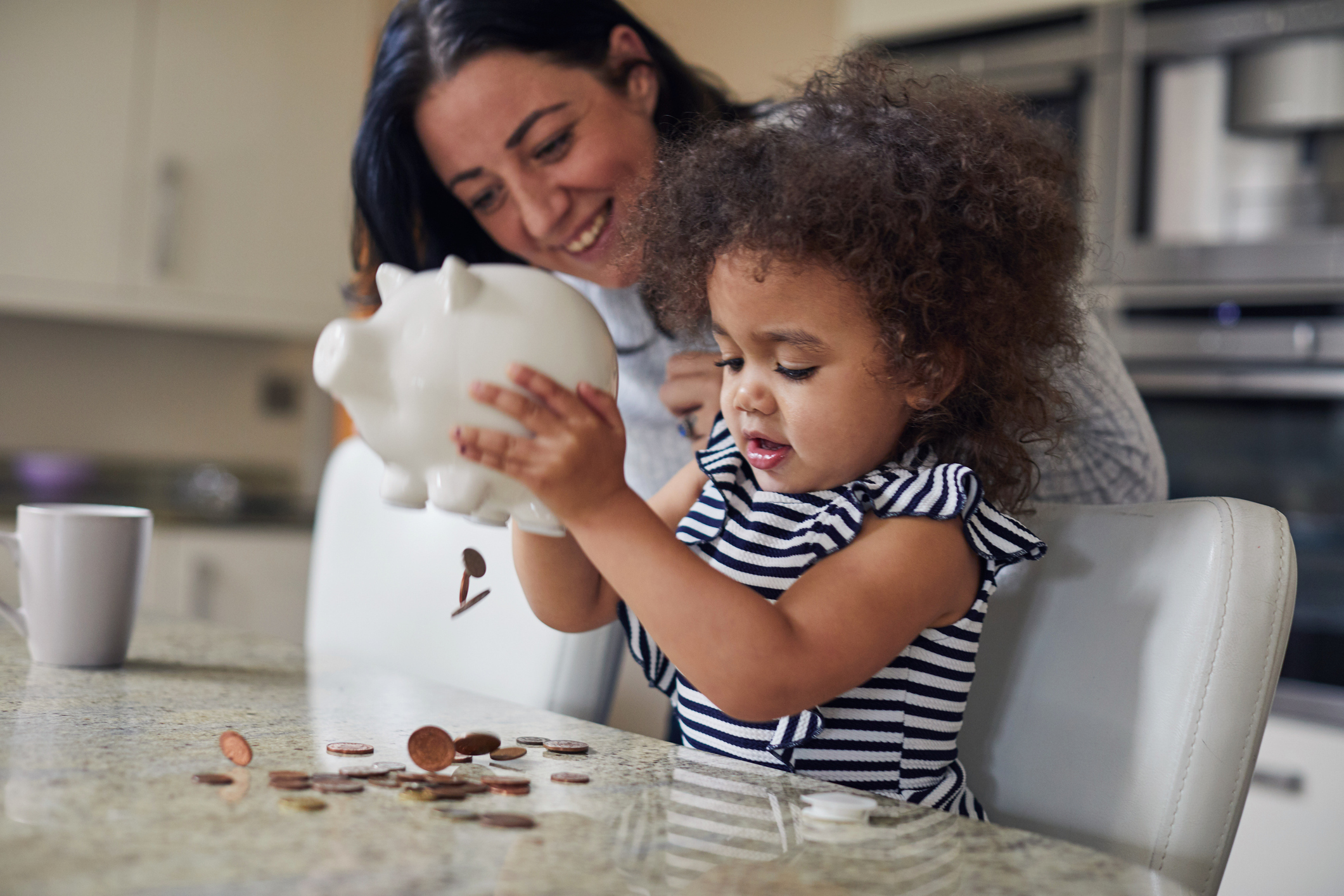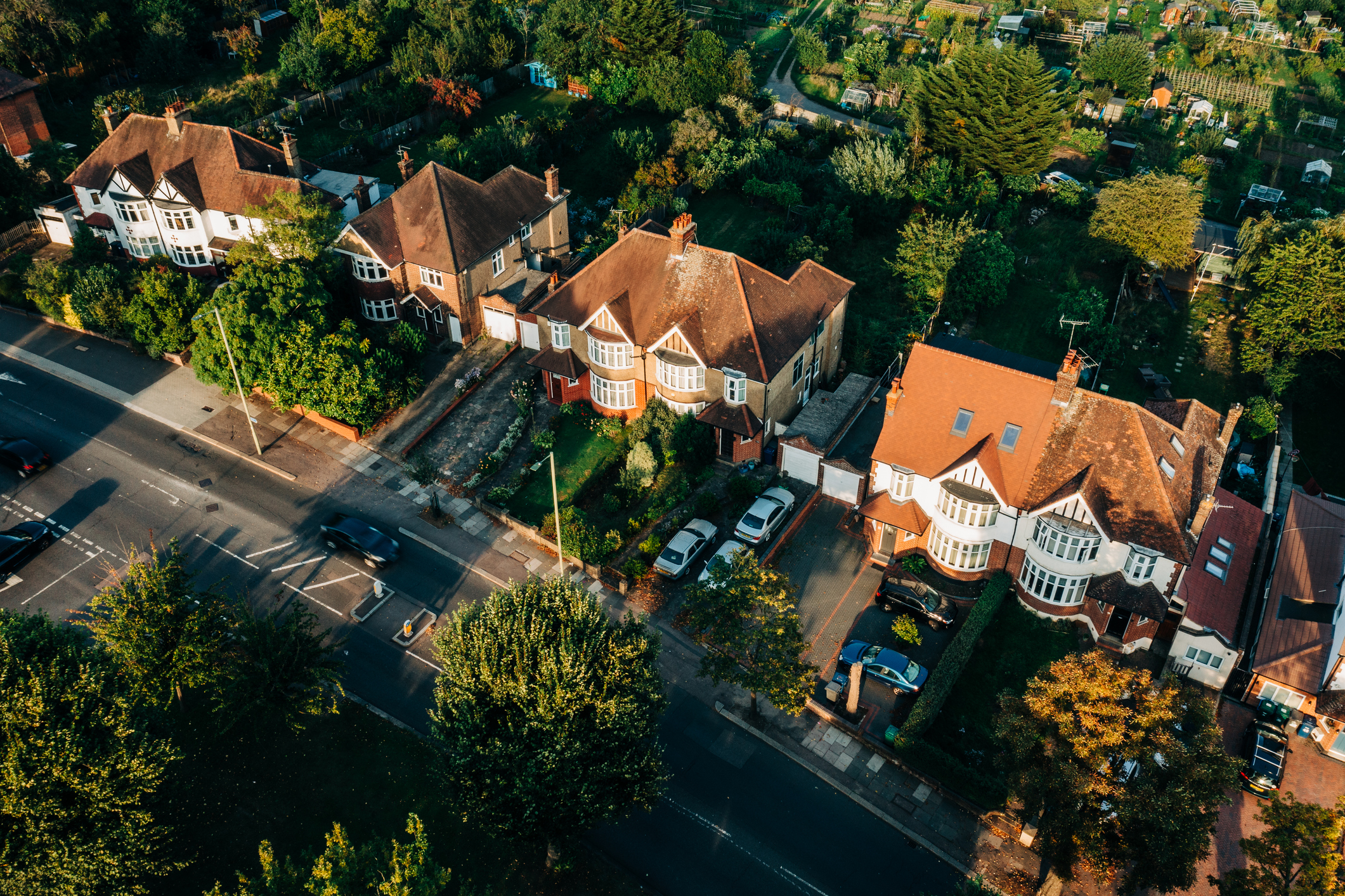1,000 children hold over £100,000 in a junior ISA – how to grow tax-free nest egg for your child
Junior ISAs can be a tax-efficient way to grow a nest egg for your child. We explain how they work


More than 1,000 children have at least £100,000 in their junior ISA (JISA), with 50 sitting on £200,000 or more, according to a Freedom of Information request sent to HMRC by NFU Mutual.
The data, which outlines savings in the 2022 to 2023 tax year, shows that some parents are making the most of the annual tax wrapper to ensure their children get a head start with their savings.
Even if your child isn’t among the top JISA holders, setting one up for your child could be well worth doing.
MoneyWeek
Subscribe to MoneyWeek today and get your first six magazine issues absolutely FREE

Sign up to Money Morning
Don't miss the latest investment and personal finances news, market analysis, plus money-saving tips with our free twice-daily newsletter
Don't miss the latest investment and personal finances news, market analysis, plus money-saving tips with our free twice-daily newsletter
Investing £55.50 a month could result in you giving your child a £18,000 head start by the time they turn 18, according to research by Fidelity International earlier this year. This assumes a modest annual growth rate of 5%.
How does a Junior ISA work?
Parents can put up to £9,000 a year in a junior ISA without paying any tax on interest or returns.
When they were first introduced in November 2011, the junior ISA allowance was £3,600. This was gradually increased to £4,368 in 2019 before being hiked to the current limit in 2020.
Children who have had a JISA set up for them will be able to take control of their account at age 16, but are only allowed to withdraw money from it when they turn 18.
HMRC says around 2 million junior ISA accounts are subscribed to in Britain, with 42.2% in cash rather than stocks and shares.
A table showing the largest junior ISA values in the 2022/23 tax year can be found below.
Market Value Range | Number of individuals |
|---|---|
£90,000 - £99,999.99 | 680 |
£100,000 - £109,999.99 | 370 |
£110,000 - £119,999.99 | 220 |
£120,000 - £129,999.99 | 150 |
£130,000 - £139,999.99 | 90 |
£140,000 - £149,999.99 | 70 |
£150,000 - £199,999.99 | 130 |
£200,000 + | 50 |
Source: NFU Mutual FOI to HMRC, June 2025
Can a junior ISA help your child get a head start in life?
With over 1,000 children receiving a six-figure head start in life, and thousands more being set to receive smaller sums, Chris Hood, personal finance expert at NFU Mutual, says JISAs are a “great way to help save for a house deposit or university fees in a tax-efficient environment”.
He adds: “It is important that the overall investing time horizon is considered as this allows an opportunity to take on more risk in the portfolio and achieve potentially greater returns.”
Hood adds that the number of accounts that hold six figures or more shows “the potential for JISAs to grow into large sums when the investments are given many years to mature and to ride out short term stock market volatility”.
“This can give children the confidence to invest for the longer term and to understand the benefits that long term investing has the potential to bring.”
Meanwhile, Hood says junior ISAs could also be useful for parents and grandparents who want to lessen their inheritance tax burden as they can reduce the amount in their estate by making gifts.
How to build your child’s JISA savings
While you will likely have had to max out the JISA allowance for the past 14 years to see the huge sums outlined above, it can be quite simple to grow your child’s savings.
One way you can do this is by putting money into a market-leading cash JISA, which currently pays 4.15%, according to Moneyfacts.
You can also invest in stocks and shares in a JISA. Ed Monk, associate director, Fidelity International, says many parents “are missing out on the opportunity to make their money work harder” for their children.
“While saving in cash accounts may seem like the safest option, inflation can erode the real value of those savings over time,” he adds.
Instead, Monk says that by starting early and investing consistently, “even small amounts can add up to a substantial sum” that can provide a financial boost for your children.
Monk provides five tips to help build up a JISA fortune for your child. He says starting early is essential because “the earlier you begin, the more time your investments have to grow”.
He suggests parents set realistic contribution goals that they are able and willing to meet – “even small amounts can make a difference, for instance, contributing £25 a month from birth could result in a pot of £8,119 by age 18”.
Diversifying JISA investments is also key, according to Monk, as a well-diversified portfolio could help reduce risk. He suggests parents “consider funds that invest across different sectors or regions to balance exposure”.
To help your child’s nest egg grow as much as possible, Monk also recommends using the full allowance if that’s possible as maximising the investment “can accelerate growth significantly”.
“For example, fully utilising the allowance from birth to age 18 could result in a pot worth £243,561, based on monthly contributions of £750 and assuming an annual growth rate of 5%,” he says.
Finally, Monk stresses that it is important to stay consistent with your investment. He adds that though market fluctuations can be unsettling, “you have a lot of time to invest for your child if you start as soon as they’re born,” allowing fluctuations to iron out.
“Sticking to regular contributions can help smooth out short-term volatility and maximise long-term growth potential,” he concludes.
How did the largest JISA holdings get so big?
Data from HMRC shows there were around 1.25 million junior ISAs in the 2022 to 2023 tax year, holding a total value of £1.5 billion, but the average annual subscription was just £1,220.
The average parent would have only paid £14,640 into their child’s junior ISA over the 12 years between the introduction of the JISA and the end of the 2022/23 tax year.
The total pot will have grown thanks to returns on investments or from cash interest, but these returns are unlikely to be large enough to make the value of the nest eggs among the highest in the UK.
This means that Britain’s top junior ISA savers will have likely maxed out their junior ISA limit for each year, amounting to a maximum investment of £62,836.
The table below shows every time that the junior ISA limit was increased since its introduction in 2011.
Tax Year | Junior ISA limit |
|---|---|
April 2011-12 | £3,600 |
April 2013-14 | £3,720 |
April 2014-15 | £4,000 |
April 2016-17 | £4,080 |
April 2017-18 | £4,128 |
April 2018-19 | £4,260 |
April 2019-20 | £4,368 |
April 2020-21 | £9,000 |
Source: HMRC
Data has shown that junior stocks and shares ISAs have outperformed junior cash ISAs, providing around £13,300 more over an 18-year period when adjusted for inflation.
For more about where to open a junior stocks and shares ISA, read our guide to the best junior stocks and shares ISA platforms.
How do junior ISAs work?
A junior ISA is a savings account that can be set up in the name of a child by their parents or guardian.
The merit of a JISA over a normal savings account is that you do not have to pay any tax on interest or investment returns from the money held in the JISA.
Up to £9,000 a year can be put into a JISA on behalf of a child, with the money being legally theirs. When they turn 16, the child can control the JISA account, but are only able to withdraw money held in it when they turn 18.
Get the latest financial news, insights and expert analysis from our award-winning MoneyWeek team, to help you understand what really matters when it comes to your finances.
Daniel is a financial journalist at MoneyWeek, writing about personal finance, economics, property, politics, and investing.
He is passionate about translating political news and economic data into simple English, and explaining what it means for your wallet.
Daniel joined MoneyWeek in January 2025. He previously worked at The Economist in their Audience team and read history at Emmanuel College, Cambridge, specialising in the history of political thought.
In his free time, he likes reading, walking around Hampstead Heath, and cooking overambitious meals.
-
 Where did house prices rise and fall the most in 2025?
Where did house prices rise and fall the most in 2025?Some parts of the UK have seen yearly property price growth of up to 12.6%, but others have seen values fall by as much as 8.9%, research shows.
-
 ‘Why I have ditched my Help to Buy ISA for cash savings and the stock market’
‘Why I have ditched my Help to Buy ISA for cash savings and the stock market’Without the 25% bonus, my Help to Buy ISA is effectively redundant, says MoneyWeek writer Sam Walker.
